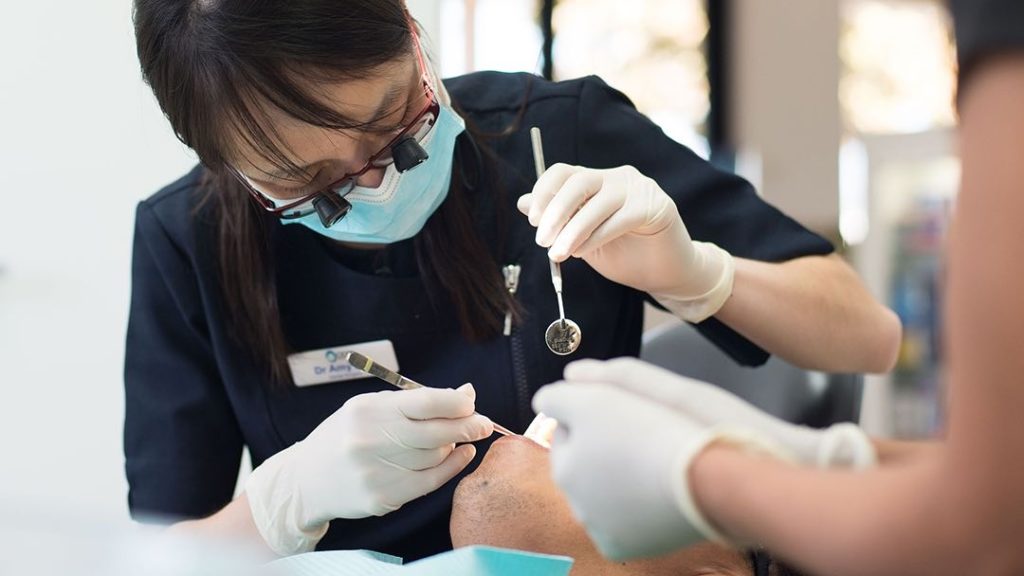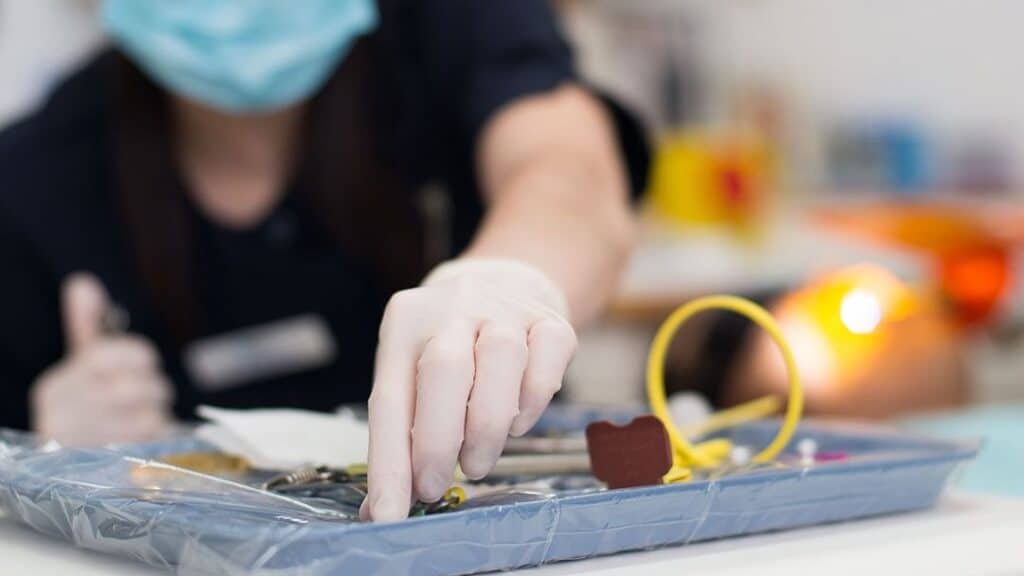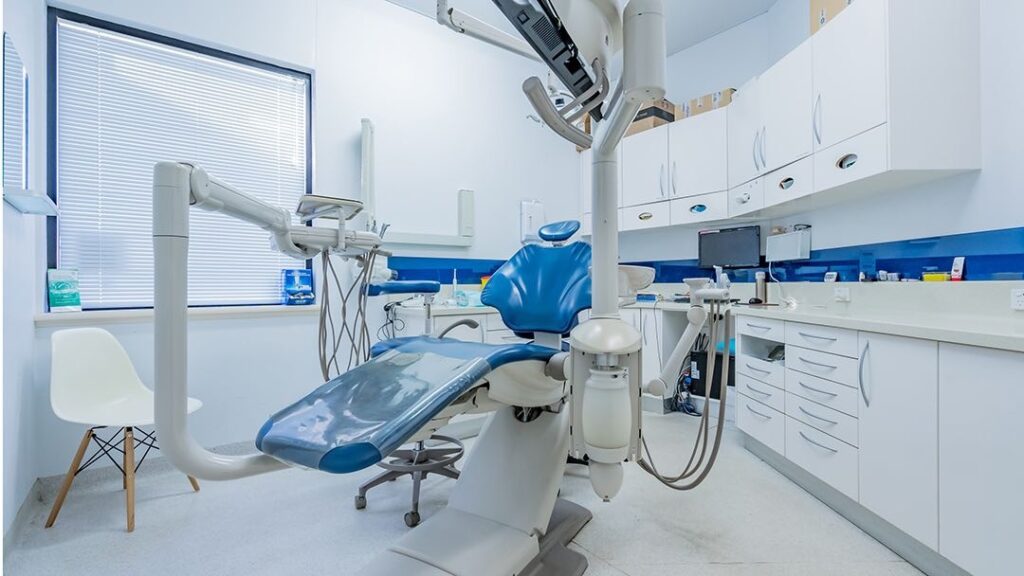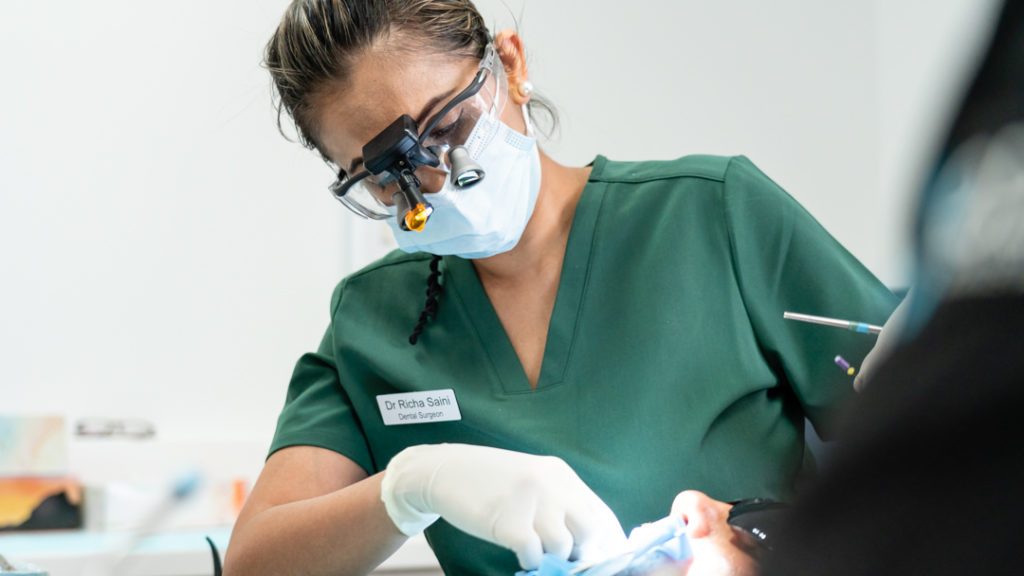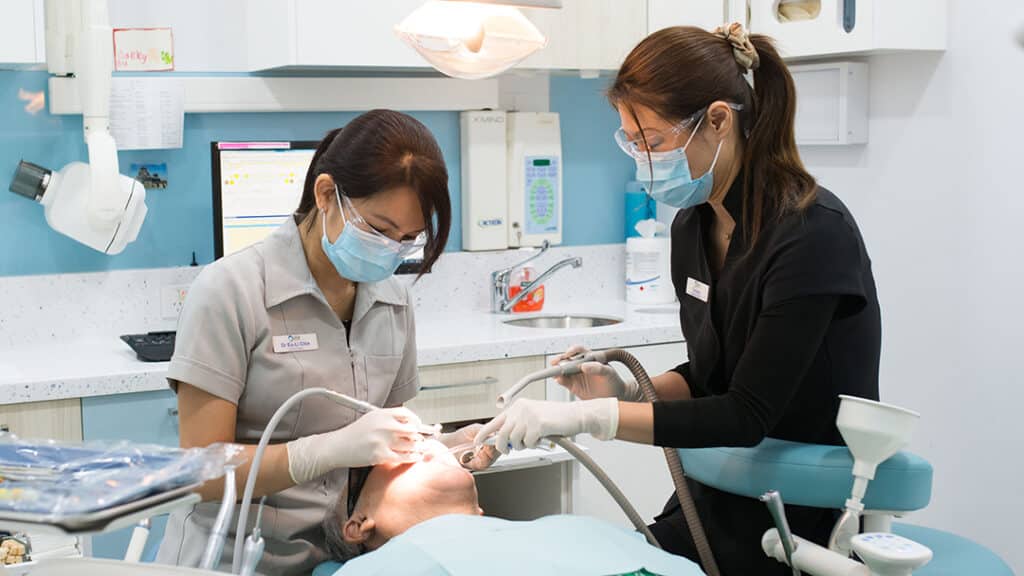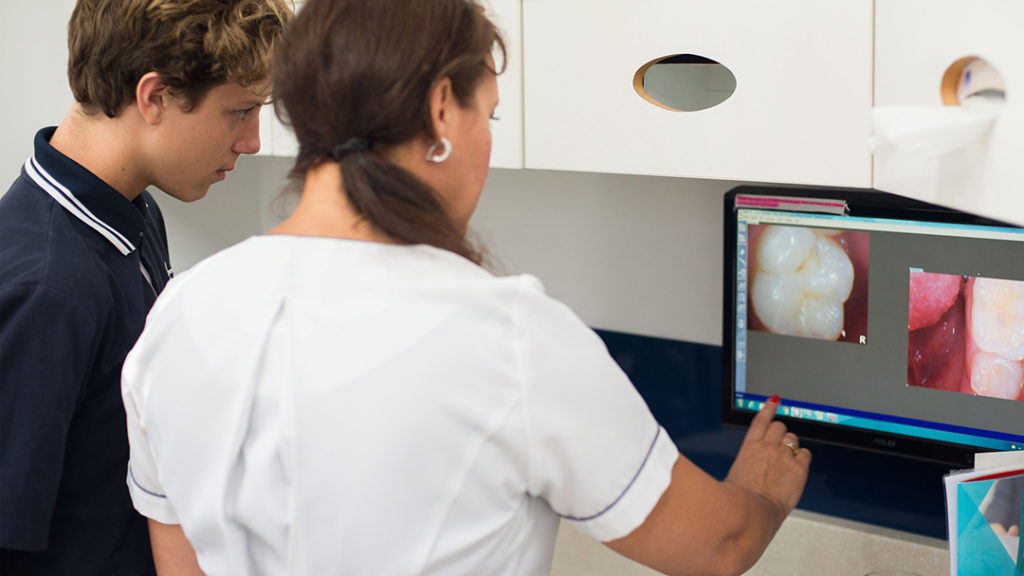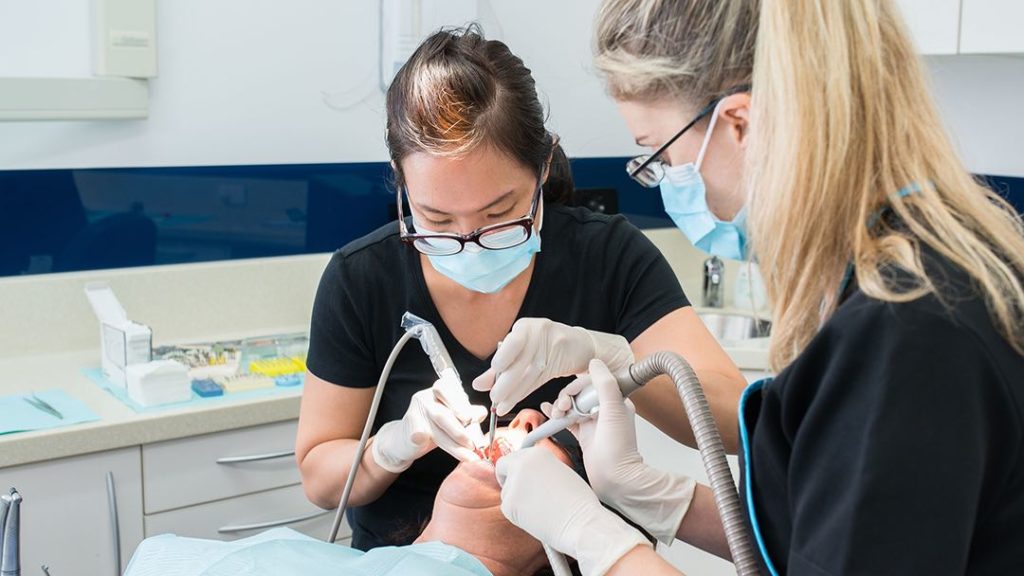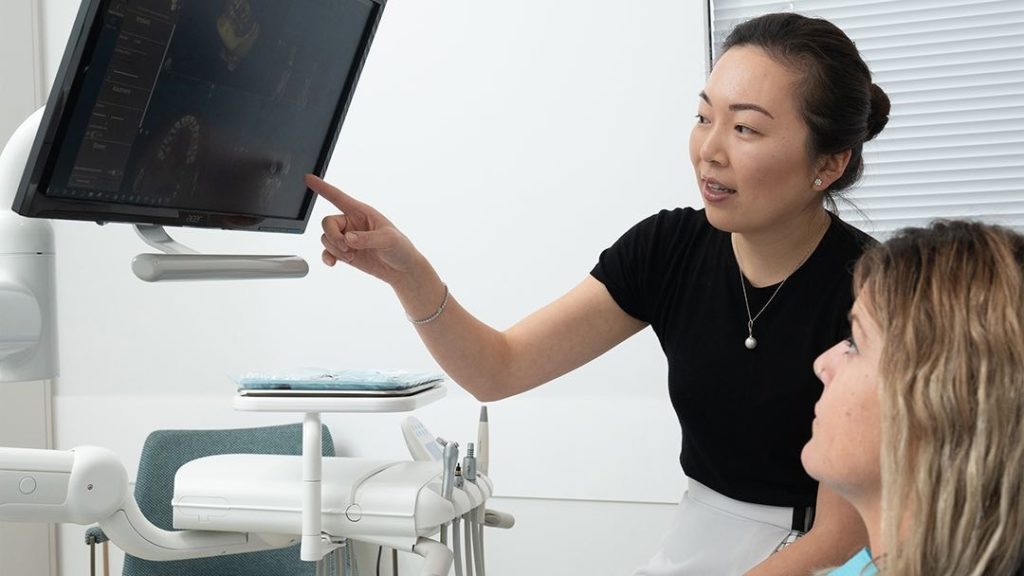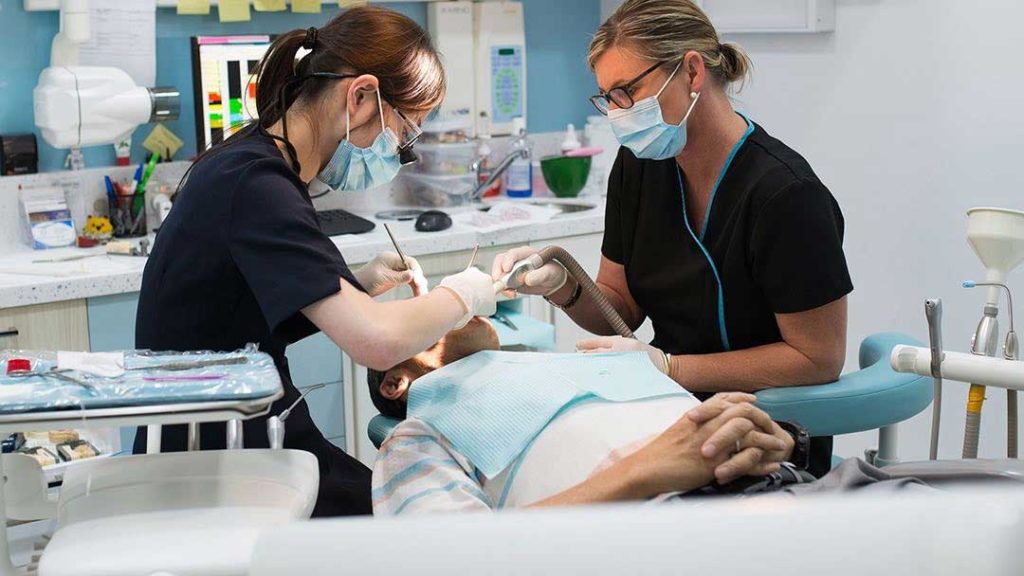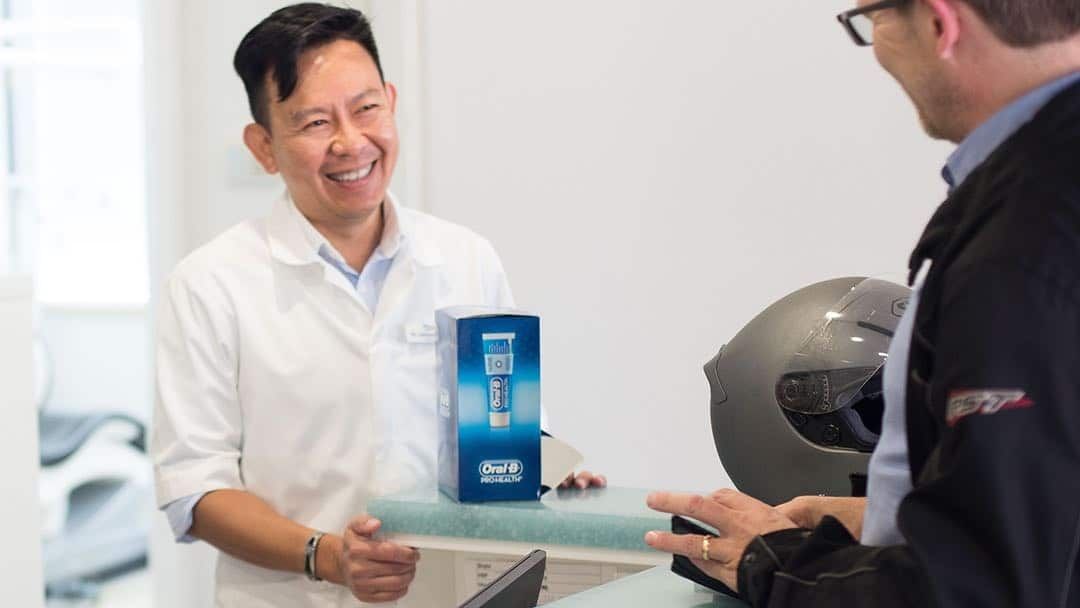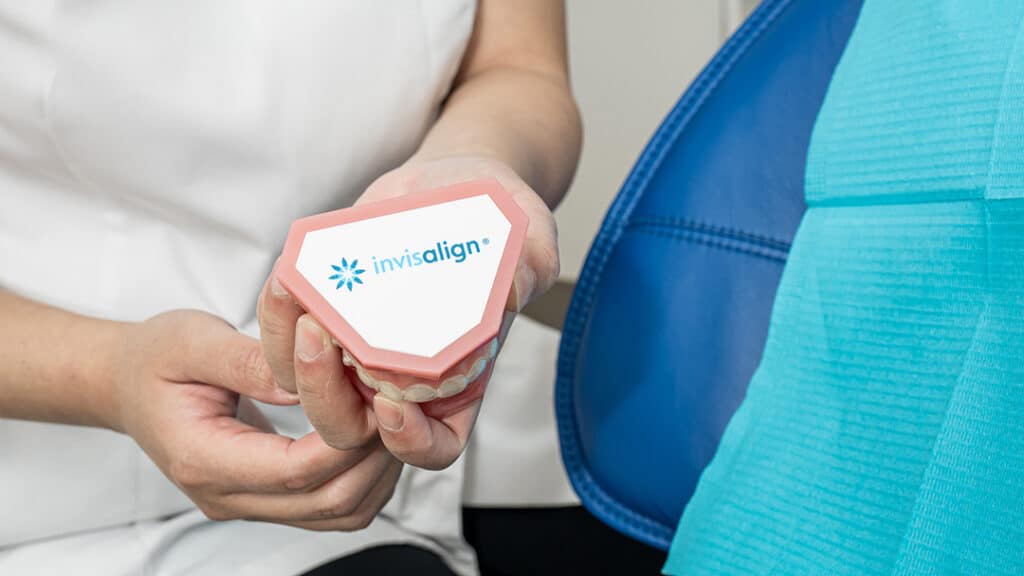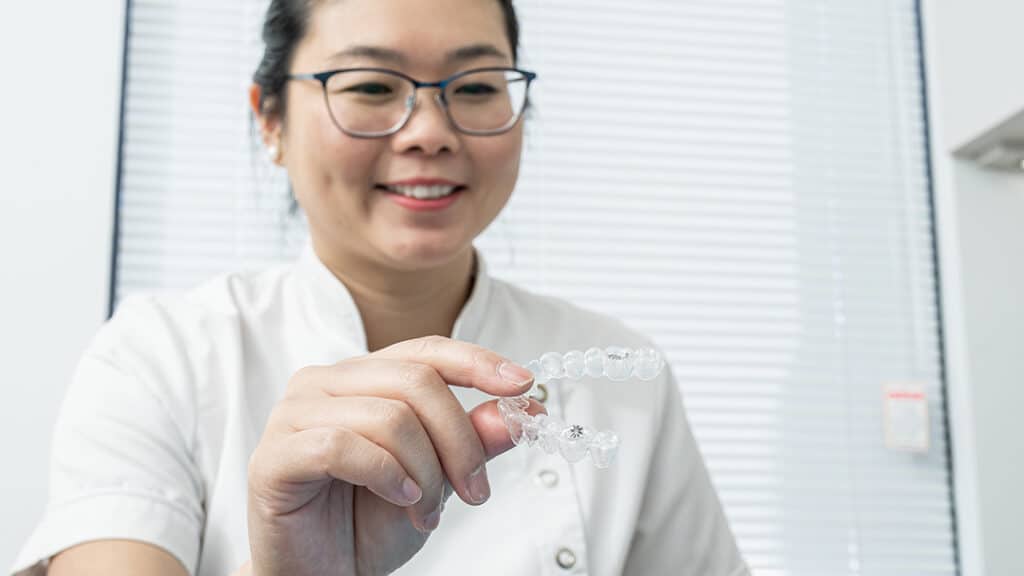Treatments For Common Dental Emergencies
Dental emergencies can be both painful and scary. Whether it’s a toothache, chipped tooth or something else, they all require immediate attention to prevent further damage. But what are the treatments for these common dental emergencies? In this article, we will explore different treatments available for some of the most common dental problems.
From root canals to crowns and fillings, there is an array of procedures that dentists use to repair damaged teeth. Each treatment has its own advantages and drawbacks depending on the severity of the issue at hand. Knowing which procedure is best suited for your particular situation could save you time and money in the long run.
No matter how severe your dental emergency may be, it’s important to seek professional help as soon as possible in order to avoid any future complications from developing. By familiarizing yourself with the various treatments available to you, you’ll have peace of mind knowing that you won’t be taken off guard if a dental emergency arises. So without further ado, let’s take a look at some of the more common treatments used by dentists today!
Recognizing Signs Of A Dental Emergency
It’s important to be aware of the signs and symptoms that indicate a dental emergency. An intense toothache, severe facial swelling, bleeding from the mouth or injury to the jaw could all qualify as an emergency situation. If you’re experiencing any of these issues, you should seek help immediately from an emergency dentist. It’s also wise to visit your regular dentist for follow-up care if possible.
When it comes to treating a dental emergency, time is of the essence. Prompt treatment can make all the difference when it comes to preserving teeth and gums and preventing further damage. If you call ahead and let them know you have a dental emergency, Odin Dental is happy to accommodate same-day appointments in order to provide immediate relief and begin necessary treatments like antibiotics or root canal therapy right away.
How To Respond To A Dental Emergency
When faced with a dental emergency, it’s important to take action immediately. If you experience severe tooth pain or trauma that requires immediate attention, contact an emergency dentist right away. For minor emergencies, such as a chipped or broken tooth, rinse your mouth with warm salt water and apply a cold compress to reduce swelling if necessary. Depending on the severity of the issue, treatment can include anything from medication to repair the damaged area to a full-on tooth extraction.
It is also important to keep up with regular checkups and cleanings so that any potential issues can be spotted early on before they become major problems requiring urgent attention. Taking these measures will ensure that your oral health remains intact no matter what dental emergencies may arise.
First Aid Techniques
Having responded to a dental emergency, the next step is to understand how to perform first aid. For common dental emergencies such as traumatic injuries and knocked out permanent teeth, there are few techniques that can help alleviate pain or prevent further damage.
These techniques include:
- Taking over-the-counter medication such as ibuprofen for minor pains in order to reduce swelling.
- Aspirin should not be used on children under 12 years old due to its side effects.
- Stopping any bleeding by gently rinsing with warm salt water and applying pressure with a clean cloth or gauze pad until it subsides.
- Replacing lost fillings, crowns, bridges or dentures after cleaning them thoroughly with a toothbrush and toothpaste.
- Handling any damaged teeth carefully; if the root of the tooth has been exposed, cover the area with sugarless gum or wax paraffin until you can reach your dentist. If it’s an adult tooth that has been completely knocked out, rinse off the root without scrubbing but never touch the pulp (i.e., inner tissue). Keep it moist at all times – either inside the vacant socket or immersed in milk – and see your dentist immediately for treatment options like reimplantation or endodontic therapy.
Understanding these first aid treatments allows people to take proactive steps when faced with dental emergencies.
Professional Diagnosis And Treatment Options
The next step in addressing any dental emergency is to seek professional diagnosis and treatment from a dentist. Depending on the type of injury or issue, the most common treatments for dental emergencies can include pain relief medication, filling repair, root canal therapy, dental splinting, extractions and more.
Pain relief medication can help reduce discomfort from toothaches caused by cavities and other issues. For those with a cracked tooth or broken restoration such as a crown or filling, their dentist may be able to repair it with composite resin fillings material that hardens quickly under an ultraviolet light. Root canal therapy helps to save a severely damaged tooth where the inner pulp has been infected due to decay or trauma.
Root Canals
Moving on, root canals are a common treatment option for dental injuries and oral health problems. This procedure involves removing the damaged or infected pulp from the center of a tooth to clean it out and seal it up with an inert material. Root canals help preserve teeth that would otherwise need to be removed due to decay or trauma. Here is a summary of some benefits associated with this type of dental care:
- Root canals alleviate pain caused by infection or injury in the mouth.
- They also help maintain healthy oral hygiene habits and prevent further damage to the affected tooth.
- Finally, they make sure the patient’s smile looks natural after the procedure has been completed.
The overall goal of a root canal is to remove any signs of infection or decay while preserving as much natural structure as possible for optimal aesthetic results. With proper maintenance and regular professional exams, these treatments can last many years with little-to-no discomfort for patients.
Tooth Extraction
For dental emergencies such as an avulsed tooth, a dentist or oral surgeon may recommend extraction. This is usually done if the root is damaged and can’t be saved by other means. In this procedure, the dentist will numb the area with a local anesthetic before extracting it from the socket. Depending on the severity of the injury, the patient might also need to go to an emergency department for further treatment. Pain medication might be administered either in-office or at home following extraction surgery. Aftercare instructions must be followed closely to ensure proper healing and prevent infection. Careful attention should also be given to any bleeding that occurs after extraction; gauze should be used over the affected area for about 20 minutes until it stops completely.
Antibiotics For Infections
Antibiotics are commonly prescribed for dental emergencies involving infections. Bacterial and dental infections can spread to other parts of the body, leading to a systemic infection if left untreated. Antibiotic treatment is therefore necessary in order to reduce inflammation caused by bacteria, stop the progression of an infection, and prevent further complications from occurring.
The type of antibiotic used depends on the cause of the emergency and severity of the situation; antibiotics may be topical or oral, depending on where the infection has occurred. Oral antibiotics are usually reserved for more severe cases since they have been known to produce side effects such as nausea and vomiting in some patients. Topical antibiotics, however, provide localized relief without causing these adverse reactions. In any case, it’s important that you finish taking all medications as instructed by your dentist or doctor even after symptoms subside in order to ensure successful recovery.
Crowns And Bridges
Crowns and bridges are two common treatments used to restore primary teeth, permanent tooth or both that have been damaged by decay or trauma. Crowns are custom-made caps that fit over the entire surface of a broken tooth, helping to protect it from further damage and restoring its function. Bridges are false teeth held in place either with crowns on adjacent natural teeth or through implants. These devices help replace missing teeth and prevent other teeth from shifting out of their naturally aligned position. When properly cared for, crowns and bridges can last many years without needing replacement.
When considering treatment options for dental emergencies, people should always consult with a dentist who will be able to assess the individual’s needs and recommend an appropriate solution. The goal is not only to repair any existing issues but also to ensure the long-term health of the patient’s mouth.
Implants And Dentures
Implants and dentures provide viable solutions for tooth loss. Dental implants are titanium posts that replace the roots of teeth and are inserted directly into the jawbone. The implant supports an abutment or post on which a crown is placed to restore the natural look of your smile. A bridge may also be used to fill in gaps caused by missing teeth.
With bridges, two abutments are put in place alongside healthy adjacent teeth with a pontic (artificial tooth) suspended between them. Dentures provide another option when it comes to replacing lost teeth. They’re custom-made false teeth that fit comfortably over the gums, providing full coverage along with support for facial muscles while restoring chewing efficiency and speech clarity. Implant retained dentures can even be held firmly in place so they don’t slip or need adhesives.
Both implants and dentures offer long-term replacement solutions for those suffering from tooth loss due to injury or decay. Whatever treatment you choose, these methods allow patients to stop worrying about their dental health and start enjoying life again with renewed confidence in their smiles!
Postoperative Care Instructions
After a dental emergency, it is important to follow postoperative care instructions. This includes taking medications as prescribed and avoiding activities that can cause further trauma or delay healing. Here are the top four things you should do after treatment:
- Take any antibiotics or pain medication as directed by your dentist.
- Apply cold compresses for swelling and avoid touching the affected area with fingers or tongue.
- Use mechanical therapy such as salt water rinses to maintain oral hygiene and reduce bacterial growth in areas of infection like fascial space infections caused during surgery.
- Follow up with your dentist regularly for ongoing dental care and checkups to ensure optimal recovery from the injury or procedure performed. It’s also essential to adhere to healthy habits including eating nutritious foods, brushing twice daily, and flossing every day to prevent future complications and keep your teeth strong and healthy long term. Adhering to these steps will help minimize discomfort associated with the injury while promoting quicker healing time and overall improved dental health outcomes.
Follow-Up Visits
After discussing postoperative care instructions, it is important to remember the importance of follow-up visits after dental trauma or oral trauma. Follow-up visits help ensure that any complications from a procedure have been addressed and resolved. It also provides an opportunity for your dentist to monitor progress and make necessary adjustments if needed.
In addition, follow-up visits can provide education on how to prevent further damage due to dental trauma in children and adults alike. For example, proper nutrition and hygiene habits can assist in maintaining healthy teeth and gums over time. Furthermore, regular checkups with a qualified healthcare provider allow for early detection of potential issues before they become more serious problems. This helps reduce long term costs as well as avoid unnecessary pain and suffering.
Follow-up visits are essential for optimal recovery following dental procedures or other forms of oral trauma. Regular appointments with your dentist will not only aid in monitoring progress but also provide valuable information on preventing future injuries or illnesses related to the mouth and jaw area.
For more information on treatments for common dental emergencies or to schedule an appointment with our team, contact Odin House Dental Surgery today. Our experienced dentists are dedicated to providing you with the highest quality care in a comfortable and welcoming environment. We look forward to helping you achieve optimal oral health!

